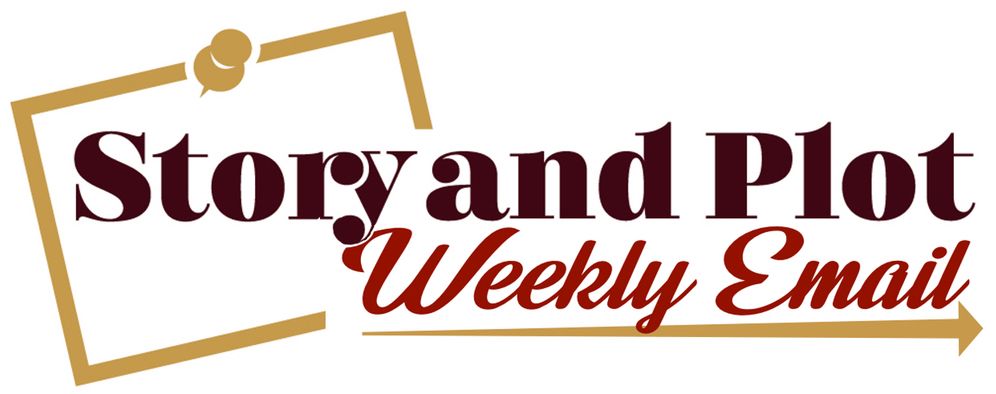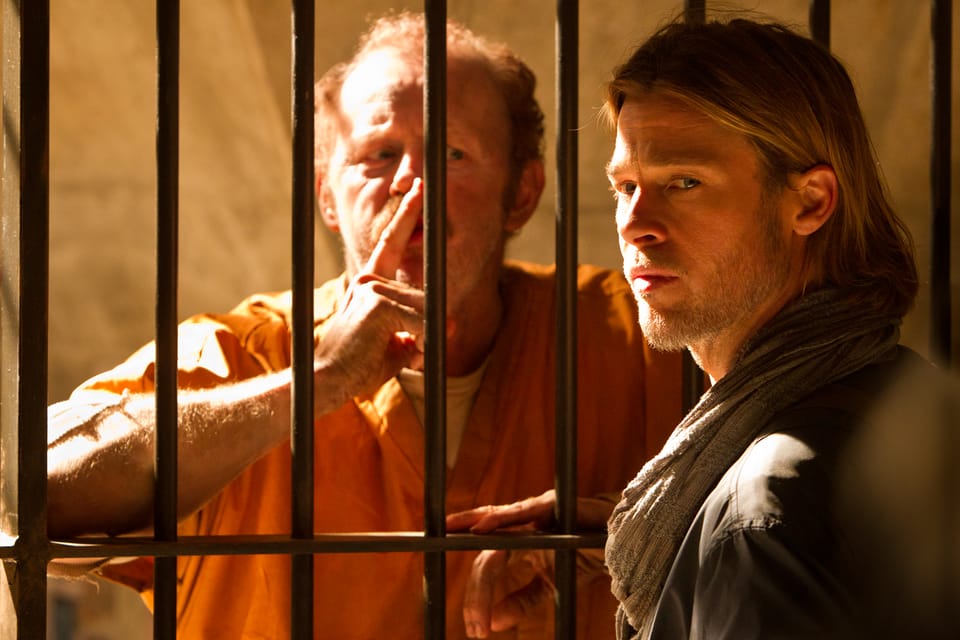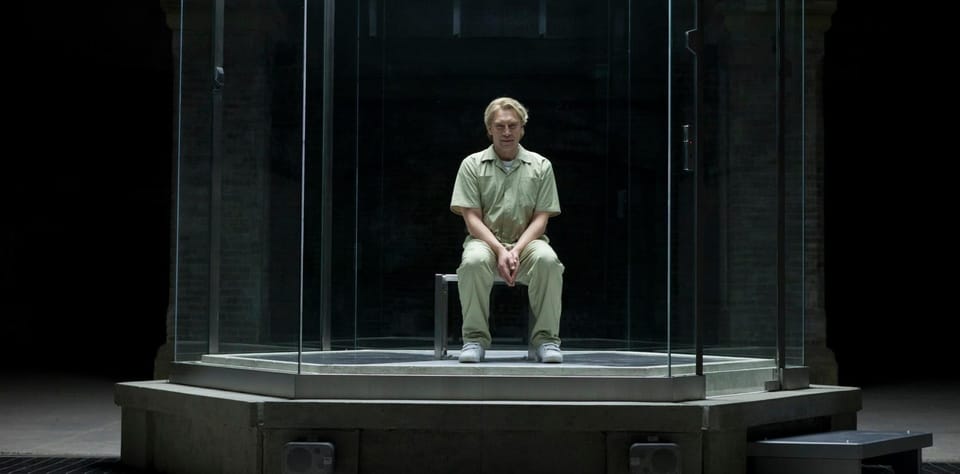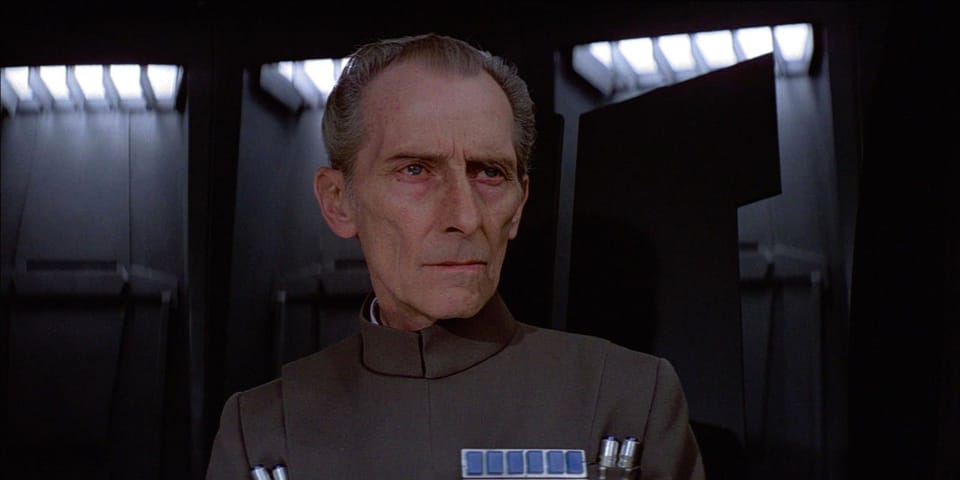The Purpose Of Story Structure
Structure is perhaps the most teachable aspect of screenwriting. I suspect this is why it gets so much attention in screenwriting education. Other aspects of the craft (characterization, dialogue, and the all-important “voice,” among other things) can often rely more on god-given talent and
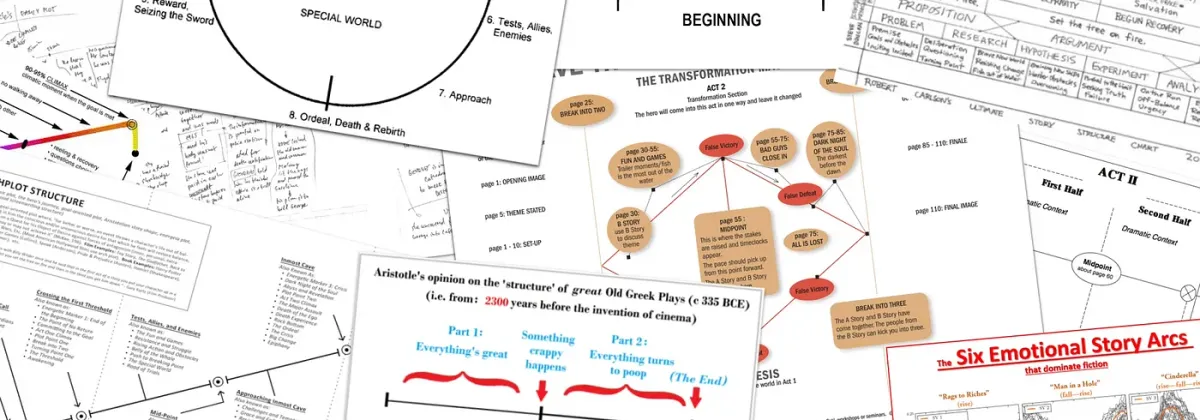
The Story and Plot Weekly Email is published every Tuesday morning. Don't miss another one.
Structure is perhaps the most teachable aspect of screenwriting. I suspect this is why it gets so much attention in screenwriting education. Other aspects of the craft (characterization, dialogue, and the all-important “voice,” among other things) can often rely more on god-given talent and personal experience. Not so, structure! Story structure can be explained in a book!
But mastering structure is a whole other matter. It takes time to get it, and that’s still no guarantee you won’t finish a draft and then realize you made a HUGE structural mistake that will require a massive rewrite.
I have noticed over the years that it helps to understand the actual purpose of story structure. Those screenwriting books and classes spend a lot of time on the “how to” of structure without addressing the all-important WHY of structure.
Because of this, we can get it in our head that there are “rules” and that good structure is somehow a goal in and of itself. But it isn’t true. We do not strive for good structure for its own sake.
Good structure is a means by which we achieve something else.
I define story structure as:
Choosing what the audience knows and when they know it to maximize dramatic momentum and emotional resonance.
Note those two goals:
1. Dramatic momentum.
2. Emotional resonance.
Forget about what you are supposed to do. The only thing you need to do is achieve the two items above. What we understand to be “story principles” are just guidance that helps you achieve them more easily. But if you defy all the known story principles and you STILL maximize dramatic momentum and emotional resonance, your story is well structured. And no one can tell you differently.
The thing is, it’s just very difficult to do it.
These story principles did not emerge because somebody wanted “rules.” No one decided that flight requires lift. It was observed. It’s a fact, whether one likes it or not.
Similarly, story structure was not decided upon. It was observed over thousands of years that certain things help stories resonate more.
Do you have to structure your story according to these principles? No. Not at all. It’s just a helluva lot easier.
And note, there are TWO THINGS. Your story needs a balance. Dramatic momentum and emotional resonance work together. The audience needs both; if you neglect one, your story suffers, and you shrink your audience. People check out.
Dramatic momentum is, of course, what keeps a story moving forward. It is what keeps the audience engaged and anticipating what happens next. As you write, you establish a series of dramatic questions that the audience anticipates answers and resolutions to.
Emotional resonance means that the moments on screen evoke an emotional response from the audience. We care about the stakes. We anticipate answers to dramatic questions because we care about the outcome. Perhaps we empathize with the characters. Or we hate them. But we have an emotional reaction to them. It’s impossible to create tension and anticipation if we don’t.
So when you structure out your story, it can sometimes feel like you’re making arbitrary choices based on what you’re “supposed” to do. But this is only true if you’re doing it wrong. If you’re doing it right, these principles are making it easier for you to PUSH the story forward and create moments the audience reacts emotionally to.
Thousands of years of collective wisdom are ingrained in us about how to tell better stories. The wealth of knowledge is truly immense. Resisting that collective learning, especially early in your career, seems to make an already difficult craft even more unnecessarily challenging.
The Story and Plot Weekly Email is published every Tuesday morning. Don't miss another one.
When you're ready, these are ways I can help you:
WORK WITH ME 1:1
1-on-1 Coaching | Screenplay Consultation
TAKE A COURSE
Mastering Structure | Idea To Outline
